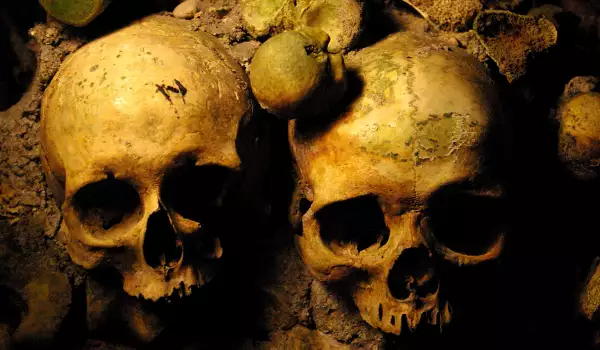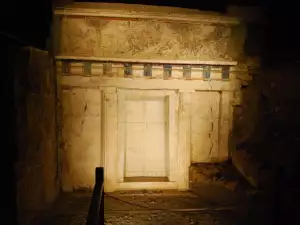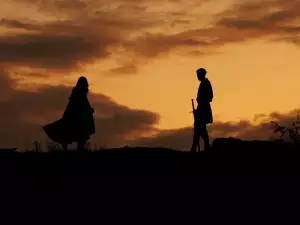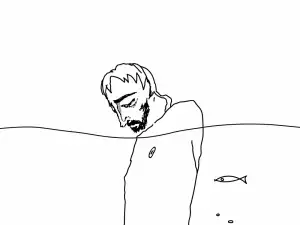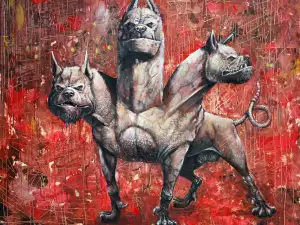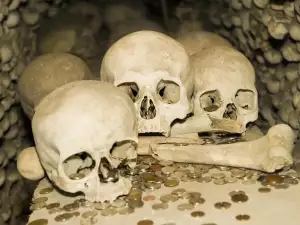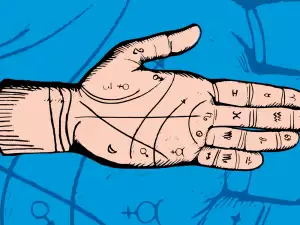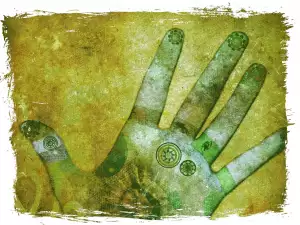A truck that accidentally fell through the roof of tomb in November 1990, while working in a quiet forest in Jerusalem, lead to the discovery of the ossuary that contained the bones of the high priest since Jesus.
Jerusalem's quiet forest is located in the southwestern part of the old Jerusalem in the opposite part of the valley Hinom. Here, the slope is a large cemetery located at the end of the Second Age (from the 1st century BC to 1st century AD). Rock dug burial halls were used by Jews during this period, they typically contain four typical burial niches and shelves carved on the sides of the hall the ossuaries are also characteristic and unique for this period.
The ossuary is a stone bone box, which is used for secondary burials. Initially the body is put to rest in a burial niche. After scanning the bones they are collected and placed in an ossuary as the burial niche remains free for subsequent burial. These tombs belonged to separate families, so that subsequent burials were normal.
Two dozen ossuaries were occasionally in the open tomb which contains a formed name Kafa "Qafa" or "Kaiaphas". Several of the ossuaries were decorated with traditional carved rosettes, zig-zag patterns and other designs. The most complicated decorated ossuary is decorated with two rounds, each containing five rosettes, while the country is carved and double named, "Joseph Bar Kaiaphas" (son of Joseph Kaiaphas).
In the open ossuary contained the remains of six people: two infants, children aged between 2 to 5 years, a boy aged 13 to 18 years old, a woman and a man aged about 60 years. For the latter it is considered that these were the bones of Kayafa to which Jesus was brought for questioning.
